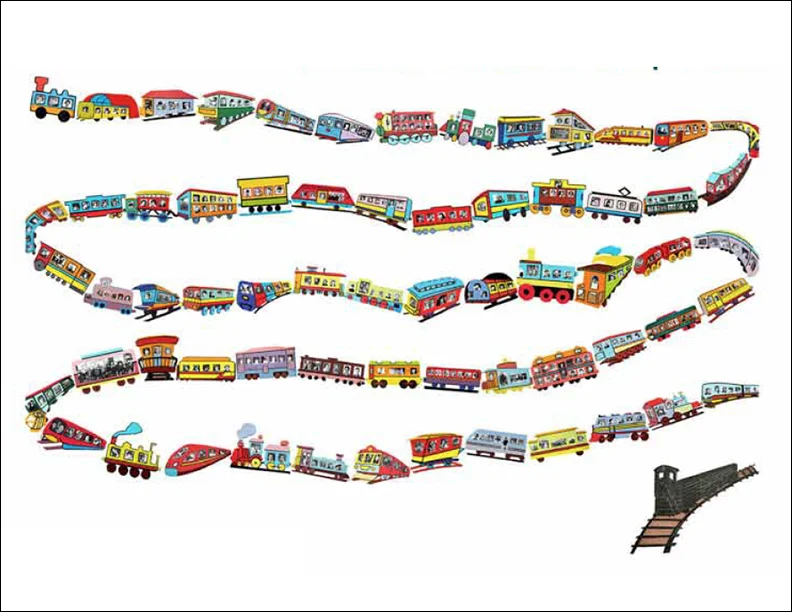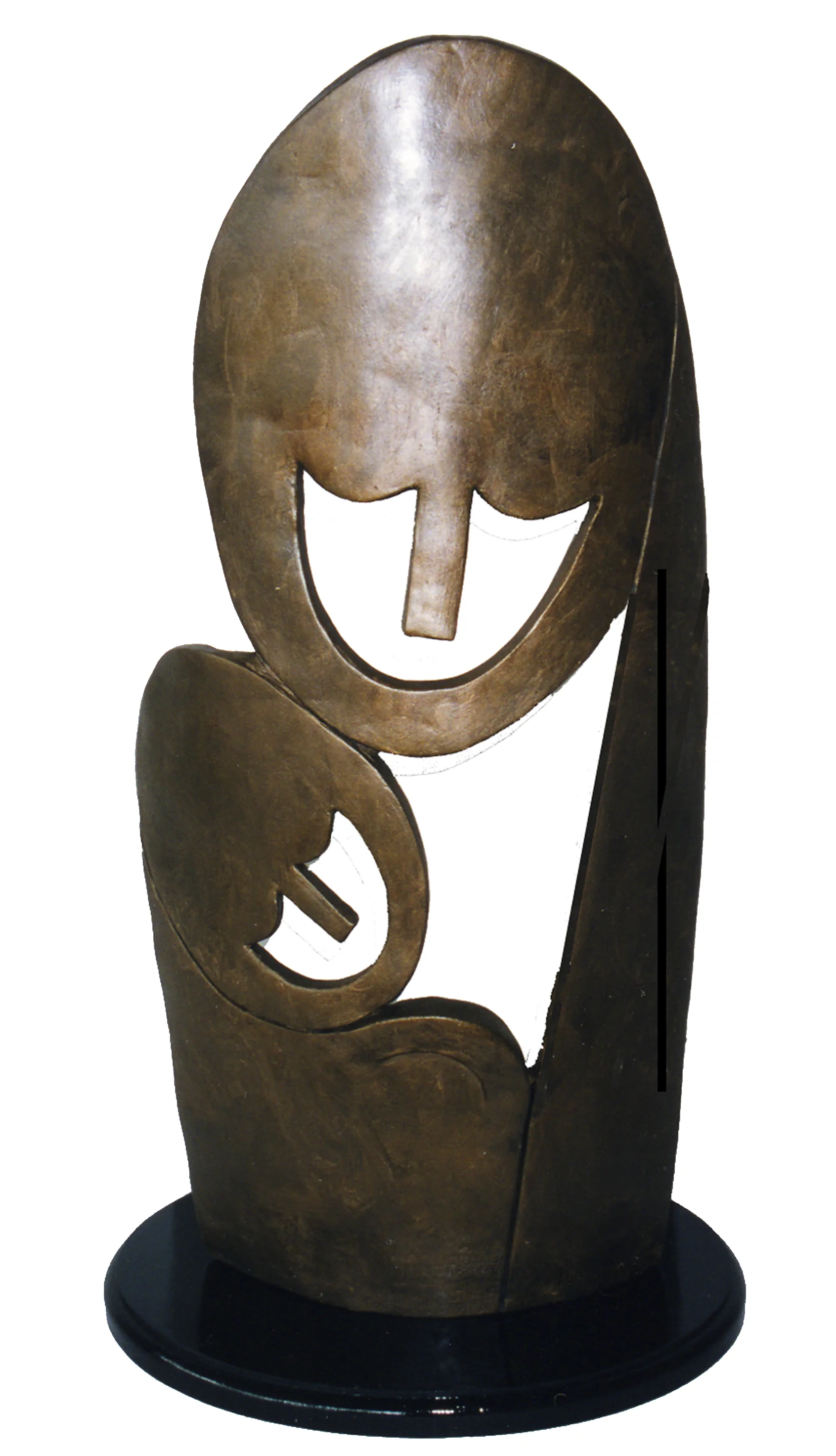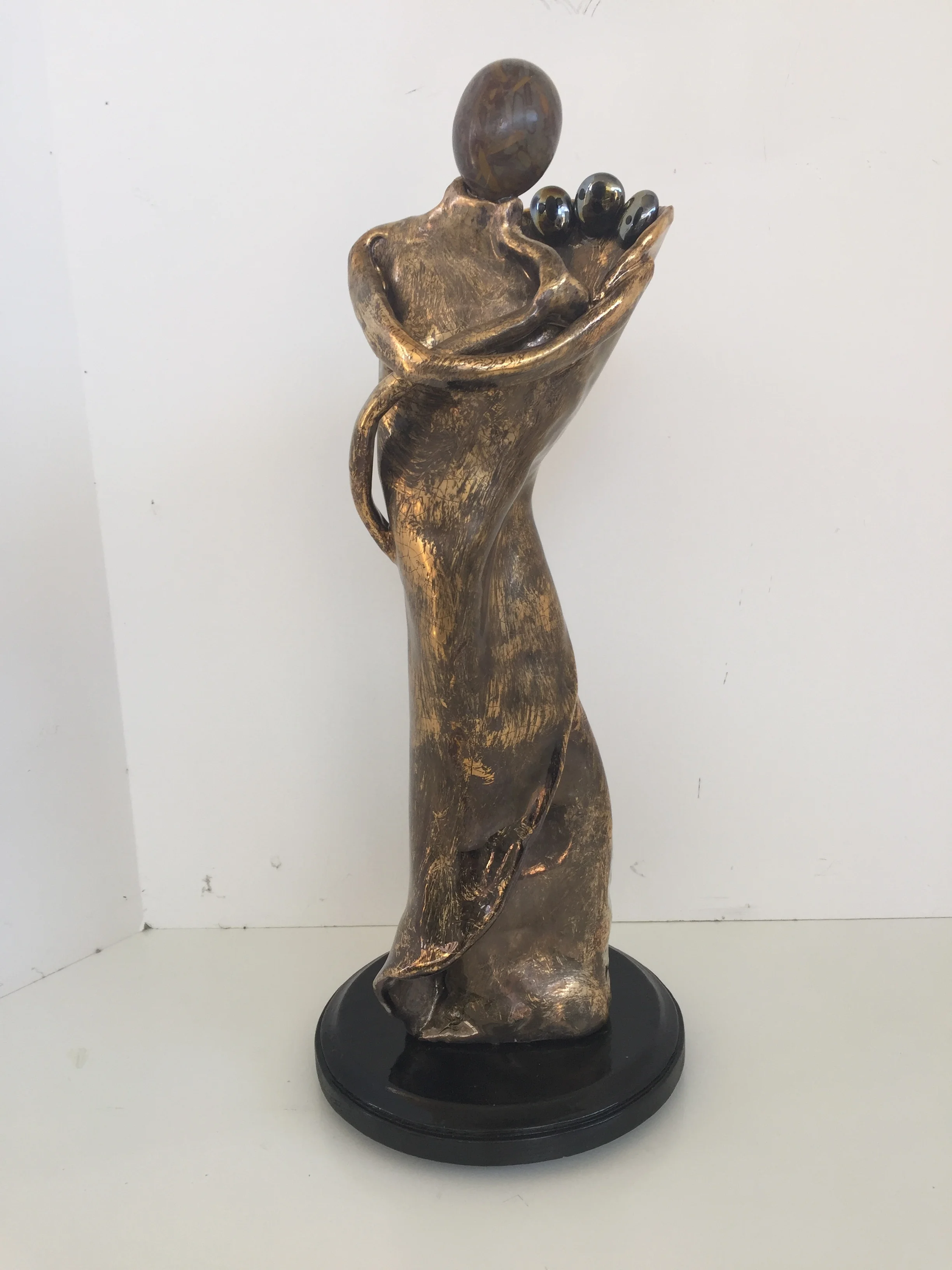About
Gabriella is a survivor of the Holocaust. She is dedicated to educating young people in schools, at the Holocaust Museum Los Angeles, and the Museum of Tolerance. She has been invited to schools, synagogues, youth camps, and many other events to help students to understand the history of the Holocaust so it should not repeat again.
Gabriella just published her memoir. Order now to be one of the first to read her incredible story.
In this memoir, Gabriella Karin tells her incredible story of survival through the Holocaust. A Jewish girl in Bratislava, she and her family were forced into hiding during the Nazi occupation of Czechoslovakia. Gabriella, only 14 years old, and her family spent nine long months hiding in a small apartment across the street from the Nazi-Slovak Gestapo. She and her family survived thanks to the selfless help of their savior, Karol Blanar, whom Gabriella later had recognized as a "Righteous Person Among the Nations." Her memoir continues by following her life's journey after the Holocaust moving to the newly created state of Israel and eventually settling in Los Angeles with her husband, Ofer, and son, Rom. Gabriella has dedicated her life to Holocaust education as a docent and speaker worldwide. She has become an acclaimed sculptor through which she dramatically depicts the horrors of the Holocaust and also inspires hope for a more peaceful future.
Featured Pages
Pandemic Sculptures
Gabriella expressed her emotions and views of the effects of the COVID-19 pandemic in a new series of sculptures.
Videos
This is a documentary about Gabriella Karin's life during the Holocaust.
Kindertransport
10,000 children were saved through the "Kindertransport," which was the series of rescue efforts which brought Jewish refugee children to Great Britain between 1938 and 1940.
Press coverage
This LA Times article appeared in 2016 and featured Gabriella's outreach to public schools in the Los Angeles area.
March of the LIving
Gabriella has participated in the March of the Living trip to Poland and Israel every year since 2012. She speaks to the students of her experience and encourages and advises them.
Righteous Conversations Project
Gabriella has mentored students and participated in the Righteous Conversations Project since its first workshop in 2010.
Updates
On February 9, 2017, Gabriella was awarded a Certificate of Appreciation from the City of Los Angeles for her dedication to preserving the memory of the holocaust.
SCULPTURES
GABRIELLA Y. KARIN
By Professor Ken Calvin, Art Critic
Whimsy and realism are prevalent in the sensitive small sculptures of Gabriella Karin. The viewer is drawn into layers of meaning, nuance and emotion that reflect her career in fashion design and a childhood of surviving the Nazi Holocaust. To fully understand the meaning of her sculptures is an extraordinary experience.
Gabriella Karin’s work mixes impish humor, tragic directness, subtle estheticism, child honesty, and loving, forgiving acceptance of the human condition. These qualities are present in three general categories of her work.
First, Gabriella Karin is drawn to dark flowing exotic figures that suggest the image of the universal feminine in us all. Featureless stones form the hooded heads atop mysterious figures in abundant flowing gowns. These slight figures are simple, straightforward, minimalistic, slightly erotic and haunting.
A second group of work focuses on Gabriella Karin’s effort to recapture her childhood stolen by Nazis, when her family spent 24 hours every day for years in small hidden rooms in her Slovakian homeland. One is reminded of parallels of the experiences of Anne Frank. Remarkably she has clearly succeeded in creating cheerful, coy, relaxed and loving images of children at play. One wants to join them.
Her third group of work is larger and more complex, She depicts actual scenes from her memories of cruel soldiers, starving prisoners and stark reflections of the horror that history and circumstances forced her to witness. There is no anger, bitterness or revenge motivating this powerful work. Its strengths is in its compelling honesty against a strong implication of hope that unjust persecution and cruelty will end for all of us for all time.
One senses Gabriella Karin will, in time, transcend her heavier, sadder work for brighter, more playful images that she seems to enjoy so much. The twinkle in her eye and the strength behind her pleasant demeanor make one believe that she will neither forget the past, nor be held by it.
Like many of us, it appears Gabriella Karin is drawn by power of her own images of children at play and the clear belief they will grow up in a better world than she did.


























